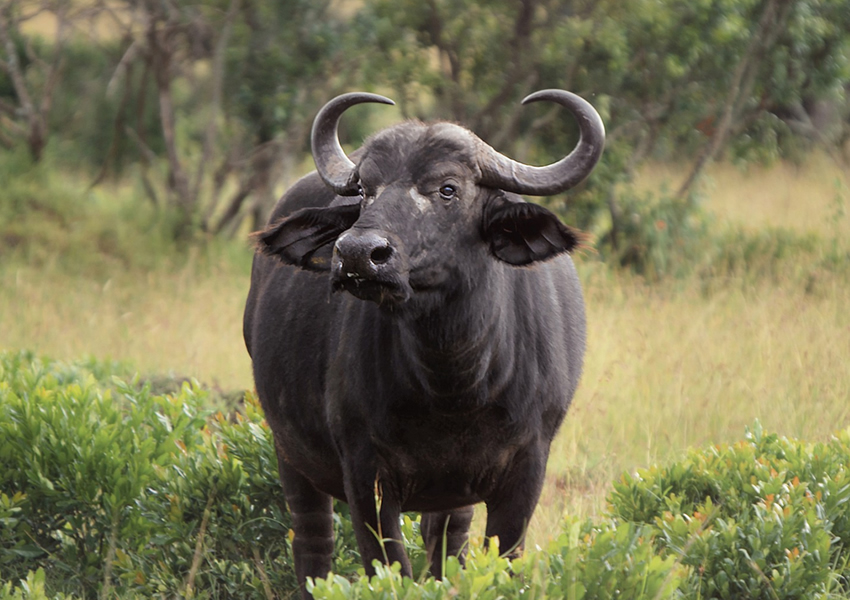Bokora Wildlife Reserve is in north-eastern Uganda in the Karamoja semi-arid region gazette in 1964 under the management of the Uganda Wildlife Authority covering an area of about 794 miles of the dry plain grassy lands beginning from Kadam Mountain to Mountain Napak in the North. The Karamoja region is divided into four ethnic groups, Pian Upe, Matheniko and Bokora Wildlife Reserve. Each game reserve in the region was named after the occupancy of the people in a particular region for example the Bokora live in the Bokora region.

The reserve consist of mostly dry plain lands with mountain Kadam and mount Napak as the main physical features, shrubs, short trees, and bushes ,it is a wildlife corridor for wildlife ranging from Kidepo Valley National Park through Matheniko and Bokora to Pian Upe wildlife reserve the largest conserved game reserve in Uganda after Murchison falls national park and is home to amazing wildlife that have made it residential for example antelopes, striped hyenas, lesser kudu, Buffaloes, lions, zebras, spotted hyenas, hartebeests and home to beautiful birds like African hill barbler, lemon dove, cuckoo shrike, white headed buffalo weaver, ostrich, bronze napped pigeons, among others and are commonly spotted at the Loporokocho swamp.
The Bokoro sub region has for years been known to be a route used by buffaloes and elephants coming from south kidepo and the immediate game reserve the Karamojong group of Bokora are creative with beautiful crafts, housing, norms and traditions and above all they are very hospitable people, trips can be organized to meet and have the Karamojong cultural experience buy crafts and souvenirs from their markets.
The poor road conditions make it hard to access Bokora Wildlife Reserve during the rainy season, a lot of encroachment on the park by the local people in attempt to cultivate food and areas to graze animals during the dry seasons encroachment still stands a problem the region also for long has been looked at as an insecure place to visit due to the hostility of the Karamojong tribe. Despite the fact that the Uganda Wildlife Authority keeps evicting them, and the beauty is that the Uganda wildlife authority has embarked on various community sensitization programs educating the communities about the benefits of tourism and how they can get something good out of this.
In order for wildlife to survive, in this part of the country, it has to be able to survive harsh weather conditions in the region temperatures can go as high as 40 degrees centigrade with two rainy seasons only and the rest are dry January and December are the driest seasons with typical strong winds. The best seasons to visit is during the months of July to September however the game reserve can be accessed all year round.
Accommodation is scarce in the region due to the poor roads camping would be the best option around Bokora, or one can alternatively spend a night in the towns of Kotido and Moroto district the Uganda wildlife authority plans to construct better accommodation in this region. It is advisable to wear light long sleeved shirts, trousers and boots during your trip, not forgetting mosquito repellents and sun screen because it is relatively hot. It is located in the north eastern part of Uganda.

